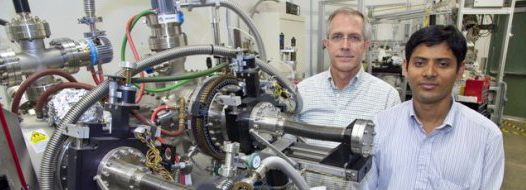Tuesday, July 20, 2010, 11:57 AM
Posted by Administrator
Activities like hiking and biking are healthy and don't produce a lot of excess CO2. Doing these things locally is even better. So here are some websites to help you find great places to be outside.Posted by Administrator
Nature_Find
This is the National Wildlife Federation's map-based tool.
Local_Hikes
Solid information about specific trails so you can plan for a day outdoors.
Trails.com
A tool that allows you to browse and sort a good number of hiking, biking, and kayaking trails. Unfortunately, you have to pay for the slick presentation and database of hikes.
The_Nature_Conservancy
Lists hundreds of preserves in the U.S. and around the world.
The_Sierra_Club
A user-generated database of hikes and outdoor experiences.
Land_Trust_Alliance
A database of local land trusts, not established parks or trails. However, these spaces may be available for your exploration. You will have to check with informational links before proceeding to visit these spaces, there may be rules or the trust may be private.


 Calendar
Calendar




